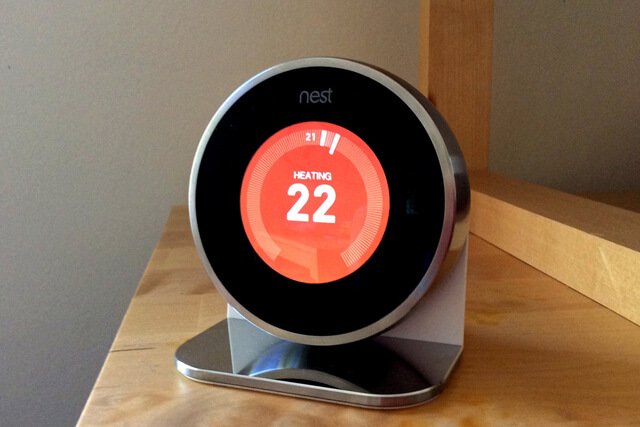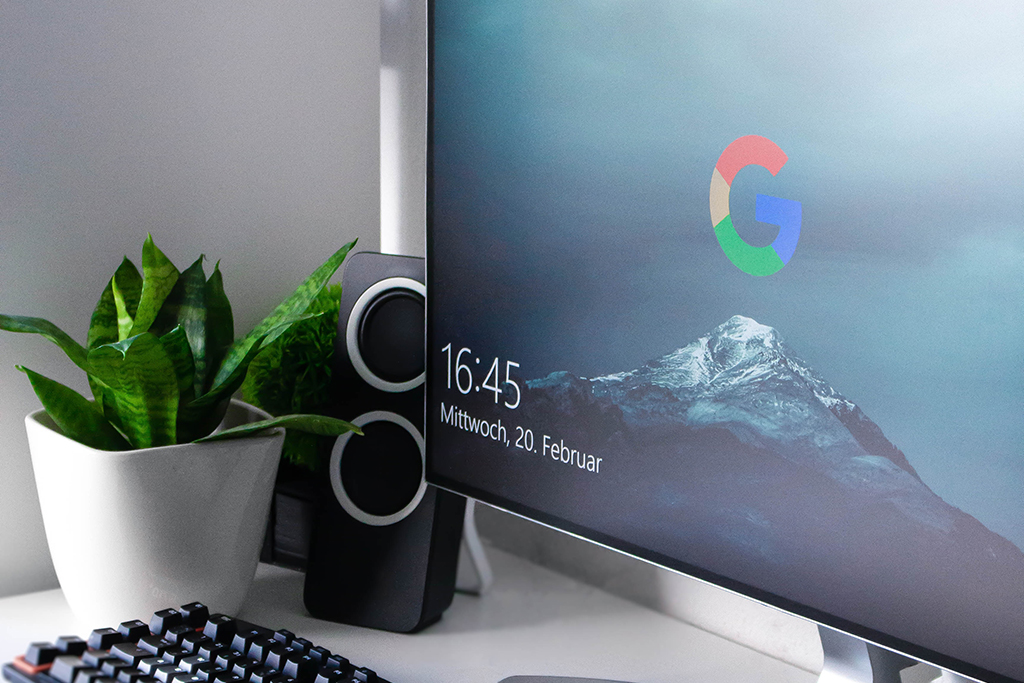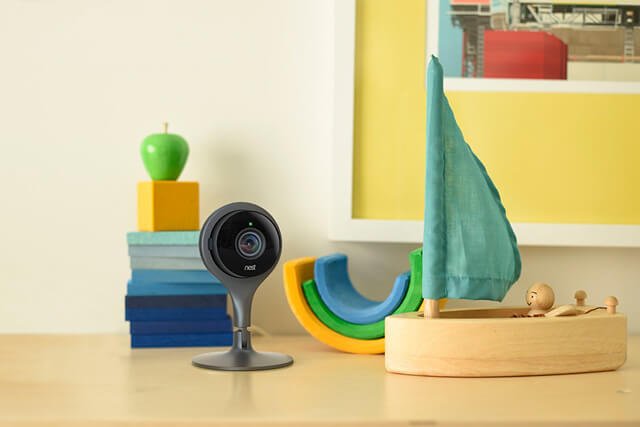Taking strong interest in blockchain, cryptocurrencies, and IoT, Tatsiana Yablonskaya got deep understanding of the emerging techs believing in their potential to drive the future.
Multiple houses were sent into a chill in the very middle of winter. Woke up at night, users found out that their Nest Learning Thermostat had been out of order. The company’s online forums and social media were filled with customers’ requests and discussions. “Woke up to a dead nest and a very cold house,” said one comment. “Not good when you have a baby sleeping!” Another one replied: “Mine is offline. Not enough battery (?) I’m traveling. Called nest. Known problem. No resolution. #nest #fail.”
Afterwards Google-owned Nest explained the problem – a software bug is affecting some of the smart thermostats causing the high-profile internet of things device to stop working. The bug actually drained the battery of the thermostat despite the fact that the device was plugged in. As a result it got disconnected from boilers and air conditioning systems, turning them off before it shuts down.
Matt Rogers, the co-founder and vice president for engineering at Nest, blamed a software update from December. “We had a bug that was introduced in the software update that didn’t show up for about two weeks,” Mr. Rogers said apologetically. In January, devices went offline, and “that’s when things started to heat up.”
Nest offered recharging and restarting the thermostat as a solution. Unfortunately the problem couldn’t be fixed remotely via the app. Users had to plug in a USB cable to charge it and then physically push the restart button (and charge it some more.) Obviously that wasn’t convenient for those who had gone on a vacation or other extended trip. The worst consequences they could found when returned were frozen pipes and bursting.
According to Nest, 99.5% of the affected thermostats have been fixed. And even those, completely dissatisfied with this failure, admit that company’s tech support did its utmost to help everyone.
Hopefully such a glitch won’t happen to Nest Camera presented last year. The brand-new camera has a cloud-based subscription service, Nest Aware, which allows to save 10 days of video footage captured from the device. Maxime Veron, head of hardware product marketing at Nest, said that Nest Cam is about the “home taking care of itself and taking care of you. You don’t have to program your home. It should know what to do.”
While Nest is developing devices for smart homes, competitors are up-and-doing. A Finnish startup Thingsee aims to make programming web-connected appliances and devices easy and intuitive. Last year it announced itself to the world with a Kickstarter project that successfully raised over $100,000 with the development of Thingsee One, a developer device that programs customer’s home’s web-connected tools and appliances.
The device itself has inbuilt sensors that can detect a huge variety of variables, including acceleration, speed, location, temperature, humidity, pressure and light levels, thus making its possibilities seemingly boundless.
Thingsee is great for users as it is so easy-to-use: after stating a program’s purpose, one can then instruct it to behave different ways in different states depending on what its sensors are reading.



